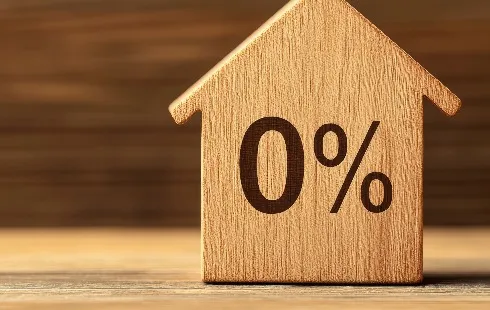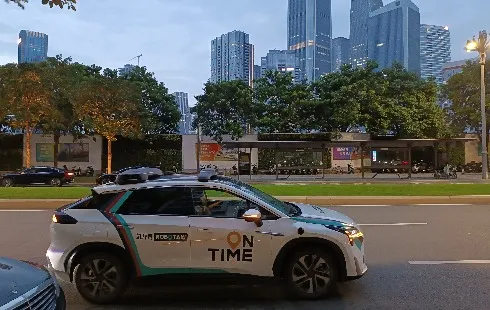
Crypto Investment Entry and Exit Strategies of Institutional Investors
Section: Business
A healthy environment is an important factor for the high quality of life in Bavaria. To educate about the state of the environment, the Freestate of Bavaria publishes an environmental report every four years. "The 'Environmental Report for Bavaria, 2011' (Umweltbericht Bayern 2011) shows the Bavarian Environmental policy has achieved further success," said Dr. Marcel Huber, Minister of the Environment, on the occasion of the publication of the report. In addition, the environmental report provides basic data, facts and background information on the environmental aspects of sustainable development and therefore provides an important contribution to the Bavarian sustainability strategy.
Climate Policy: The CO2 emissions decreased in the last ten years; with around six tons per head, it is one-third below the national average. The Bavarian climate policy goal is to provide emissions below six tons per capita by the year 2020 and to reduce below five tons by 2030. "Energy change and climate change are not a contradiction," said Huber. "Along with the expansion of renewable energies, we must also hold to our climate goals." For actions to develop green energy and climate protection, the Freestate of Bavaria will provide a supplementary budget of 126 million euros.
Energy policy: there are also positive developments in the field of energy, said Huber. The share of renewable energies in primary energy consumption had risen to over ten percent since the early 90s. For the first time following a ten-year rise, the increase in energy consumption could be stopped - but stagnated since then. "We must reduce our energy consumption, also in the interest of future generations," said Huber. Energy-efficient renovation of buildings or the efficient use of energy would be an opportunity for this. "The best type of energy is the energy not consumed," said Huber.
Other issues: The environmental report also shows that air quality has improved over the past ten years; the quality of groundwater, rivers and lakes is quite high and more land for nature conservation was generated. The proportion of land for nature conservation in 2010 was already more than 14 percent of the country.
In addition to the successes, the environmental report also shows critical developments. For example, the Red List of endangered species grows. The Bavarian Government had therefore set itself the Bavarian Biodiversity Strategy in 2008 which aims to improve the situation of more than 50 percent of red-listed species. Overall, the Free State also invested about 50 million EUR per year in the conservation of biological diversity, with the help of the European Union.
On the topic of land use, further efforts are required of all participants. "The average consumption of 20.8 acres per day is too high," said Huber. "We need an overall socially acceptable solution to achieve a balance between the desire for an efficient infrastructure, more housing and the preservation of nature.
Facts and Figures: The Environmental Report provides information on the environmental quality in Bavaria. It is created by the Bavarian State Office for the Environment on behalf of the Ministry of the Environment. Four key topics are covered: health, nature, climate and resources. For the environmental report, data from more than 40 measuring programs and approximately 9,000 measuring and monitoring centers were evaluated. The environmental report is available online at www.lfu.bayern.de.
Environmental Navigator Bavaria: To improve dissemination of further information, Bavaria has a new central environment portal. It can be found online at www.umweltnavigator.bayern.de

Section: Business

Section: Arts

Section: Arts

Section: Business

Section: Business

Section: Arts

Section: Health

Section: Arts

Section: News

Section: News
Health Insurance in Germany is compulsory and sometimes complicated, not to mention expensive. As an expat, you are required to navigate this landscape within weeks of arriving, so check our FAQ on PKV. For our guide on resources and access to agents who can give you a competitive quote, try our PKV Cost comparison tool.
Germany is famous for its medical expertise and extensive number of hospitals and clinics. See this comprehensive directory of hospitals and clinics across the country, complete with links to their websites, addresses, contact info, and specializations/services.
One of the most beautiful squares transforms into a summer stage every year for two days. The Gärtnerplatz Open-Air features a free music and cultural program across three stages, as well as street food from local vendors. On Saturday, the main stage at Gärtnerplatz offers something for everyone,...



No comments yet. Be the first to comment!